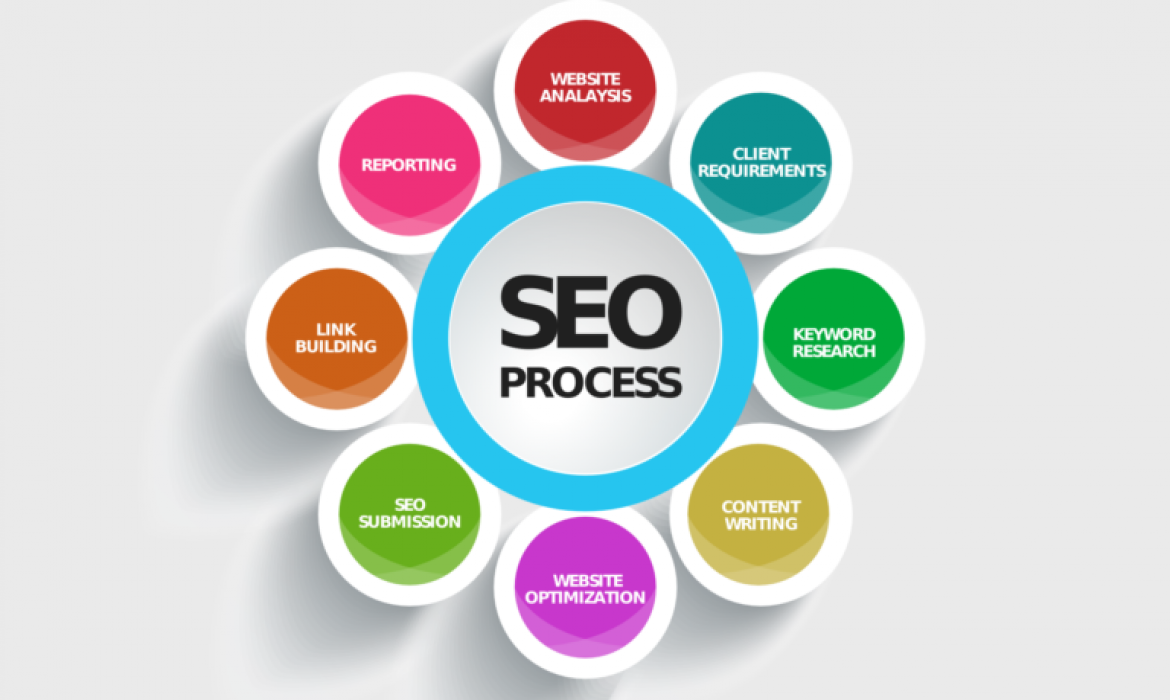SEO stands for “Search Engine Optimization.” In simple terms, it means the process of improving your site to increase its visibility for relevant searches. The better visibility your pages have in search results, the more likely you are to garner attention and attract prospective and existing customers to your business.

How does SEO Work?
Search engines such as Google and Bing use bots to crawl pages on the web, going from site to site, collecting information about those pages, and putting them in an index. Next, algorithms analyze pages in the index, taking into account hundreds of ranking factors or signals, to determine the order pages should appear in the search results for a given query.
Search ranking factors can be considered proxies for aspects of the user experience. Our Periodic Table of SEO Factors organizes the factors into six main categories and weights each based on its overall importance to SEO. For example, content quality and keyword research are key factors of content optimization, and crawlability and mobile-friendliness are important sites architecture factors.
The search algorithms are designed to surface relevant, authoritative pages and provide users with an efficient search experience. Optimizing your site and content with these factors in mind can help your pages rank higher in the search results.Unlike paid search ads, you can’t pay search engines to get higher organic search rankings.
Steps to successful Organic listing on Google:
- Conduct SEO Audit Analysis to understand what needs your immediate attention.
- Fix recommendation as per SEO Audit report
- Keyword Search and Analysis Look for keywords that will bring you paying customers, first focus on keywords that would be easy to rank.
- Create H1, H2, and H3 tags
- Set up Google and Bing webmaster console.
- Create Goals: What do you want your customers to do? Fill up the Form, Buy a product?
- On-Page activities: Include keywords in URL, Use short URL, Front Load Keyword, Use your keyword in the first paragraph, Optimize images, use
- keyword in H1, H2, and H3 tags, Use Internal Links on your pages, use external links in Articles.
- Off-Page activities: Social Bookmarks, Business Profile listing, Blog Promotion, Image, and Video promotion, RSS feeds optimization, Article, and PR promotion.
- Technical SEO: Identify crawl errors, Make sure the site is mobile-friendly, Fix broken links, Check site loading speed, optimize the site for click-thru-rate, and delete unused pages.
- Content: Create content using the Skyscraper technique
- Identify a piece of popular content in your industry
- Create something even better
- Promote that content. Cover topic in-depth, Use multimedia, Write blogs and Articles, Video creation, and Document creation.
Have you used all the techniques above? Which one do you feel is the key to achieving the best results that would convert into Sales?

